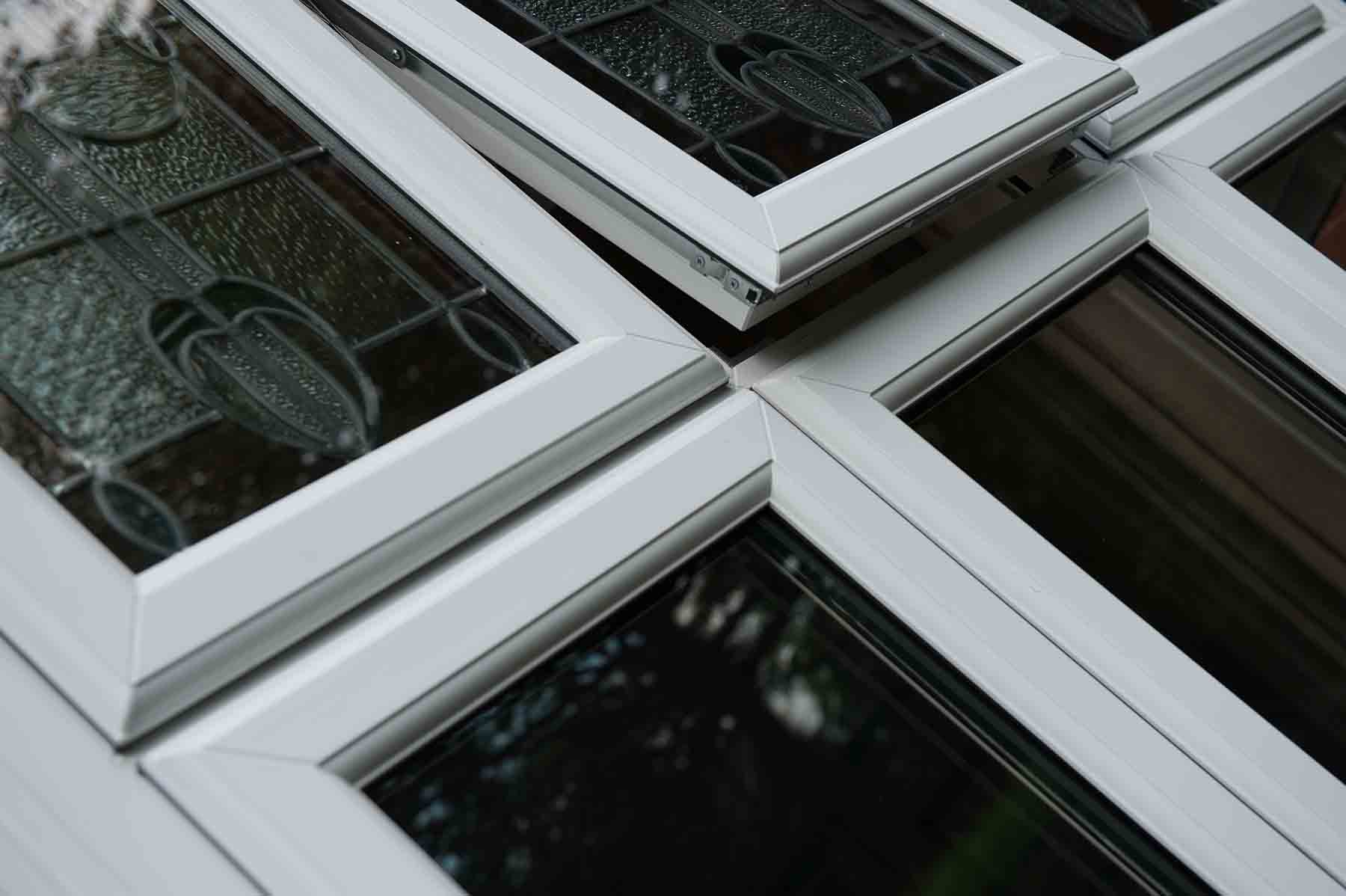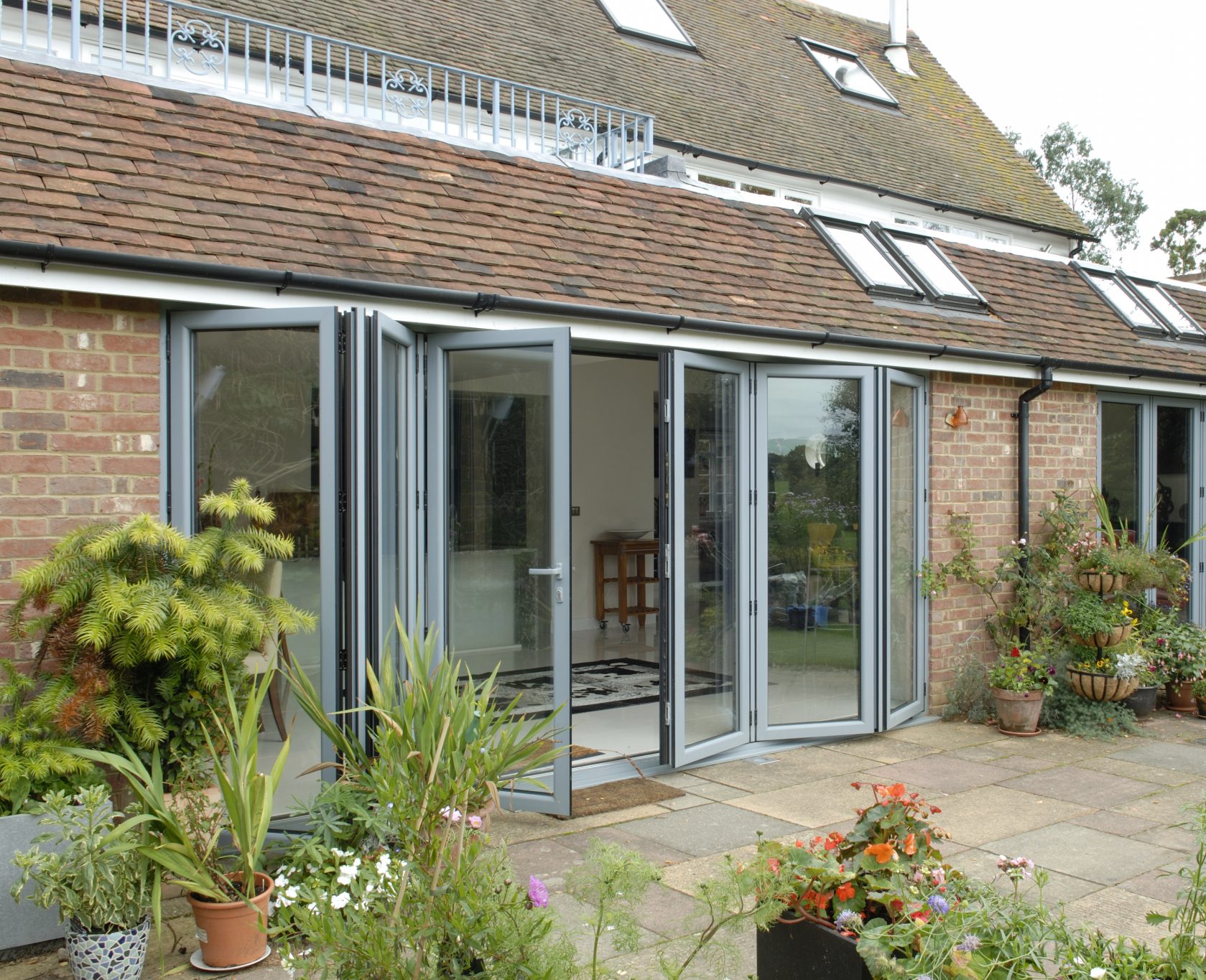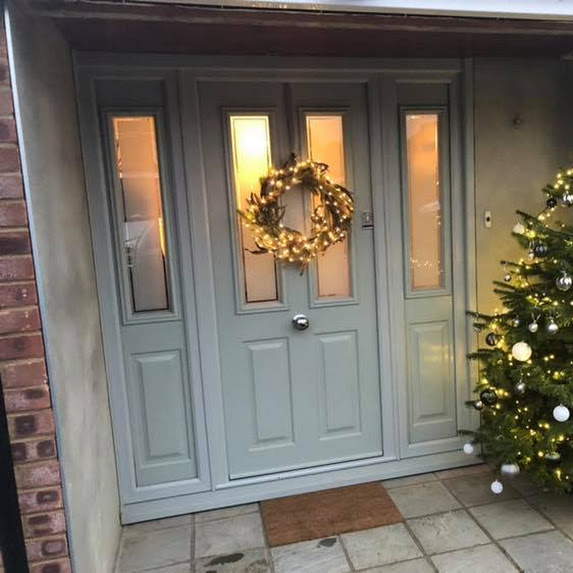
Can trickle vents be fitted to existing windows?
Yes, it is possible to retrofit trickle vents to existing windows, provided the top of the window frame is wide enough to accommodate them. This process involves carefully drilling holes into the frames to fit the vents. Trickle vents are an excellent solution if your home feels stuffy, you’re experiencing persistent condensation, or you need improved ventilation in areas like kitchens or bathrooms.
However, if your current windows are quite old, it might be worth considering upgrading to newer, more efficient options. For example, our triple-glazed windows not only provide exceptional energy ratings but also offer superior noise insulation and enhanced security. They are particularly effective for reducing heat loss, creating a more comfortable home, and are ideal for properties located near busy, noisy roads.
It’s also important to note that current building regulations require trickle vents in all new homes and extensions. At Double Glazing Direct, we combine our expertise with high-quality products to help homeowners meet these requirements while enhancing their property.
Learn more about our efficient window products

Understanding Trickle Vents
Trickle vents, also called trickle ventilators, are small openings in windows or their frames. They allow a small amount of ventilation and fresh air to flow into a room, even when the window is closed. These vents have two parts: an outside grille that stops insects and dirt from coming in, and an inside cover that lets you control the airflow or shut the vent.
Some people think trickle vents change the room’s temperature a lot, but that’s not true. They help provide a small amount of air exchange. This keeps the air feeling fresh without creating strong drafts. Continuous background ventilation is important for a healthy and comfy home, especially in modern houses that are tightly sealed.
The Importance of Trickle Vents in Modern Homes
In today’s world, new homes are built to be very insulated and airtight to save energy. This is helpful, but it can also cause poor air quality. Without good ventilation, the air inside can become old. This makes pollutants, allergens, and extra moisture build up.
Trickle vents can help with this. They provide continuous background ventilation, which means fresh air can come in through mechanical ventilation. This helps to reduce indoor pollutants in the air. The constant airflow creates a healthier place to live and stops issues like condensation and mould growth.
Trickle vents allow for a steady, low-level exchange of air. They solve the ventilation problems that come with energy-efficient homes by improving insulation. This way, you can save energy and still enjoy a healthy indoor environment.
How Trickle Vents Improve Air Quality and Prevent Dampness
One of the main benefits of trickle vents is that they help control moisture levels in your home. Things like cooking, showering, and even breathing add to indoor humidity. Without good ventilation, too much moisture can cause condensation. This can lead to a damp environment that makes mould grow, peels wallpaper, and creates musty smells.
Trickle vents help reduce these problems by letting moist air leave the room. When new, fresh air comes in, stale and humid air gets pushed out, allowing for proper draught control. This keeps humidity balanced and prevents dampness, which is important during colder months when windows stay closed and ventilation is limited.
By helping to keep fresh air flowing and managing humidity, trickle vents are key to having a healthy and dry indoor space. This protects both your health and your home from the problems caused by excess moisture.
Legal Requirements for Trickle Vents in the UK
The UK Building Regulations, especially Part F, explain what homes need for ventilation. In England, the new Approved Document F (2021) gives clear rules for ventilation. It requires installing trickle vents in both new windows and replacement of old windows.
This law seeks to solve the problem of poor air quality inside homes, particularly newer ones that are sealed tight. By making trickle vents a must, these building regulations help ensure good ventilation. This keeps the air healthy and makes living spaces more comfortable for the people who live there.
Overview of Part F Building Regulations
Part F of the Building Regulations, especially Part F (2021) for homes in England, explains how ventilation should work in houses. A key point in this rule is “background ventilation.” This means there should be a steady and low level of airflow to keep the air inside fresh.
To follow Part F rules, trickle vents are now legally needed in new and replacement windows in most cases. They make sure that the minimum need for background ventilation is met, even when the windows are shut. Homes with continuous mechanical extract ventilation benefit from smaller trickle vents. The regulations give clear details on how big the trickle vents should be and where to place them to work well.
Homeowners should know about these rules, especially when they are renovating or changing windows. Working with a good installer who understands Part F will help make sure your project meets the right standards. This guarantees that your home has the best ventilation and stays in line with the rules.
Assessing Your Existing Windows for Trickle Vent Installation
Before you add trickle vents to your windows, check if they are suitable for this change. Think about what type of windows you have: uPVC, timber, or aluminum. Also, pay attention to how well they are maintained.
The age of your windows is important. Older windows might have frames that are too narrow or weak to hold trickle vents without harming them. It’s also key to look at the window seals and the glazing. If the seals are worn out, they might not work well with trickle vents, which could lower their benefits.
Identifying Window Types Suitable for Trickle Vent Addition
Not all windows are the same when it comes to adding trickle vents. If you are thinking about this upgrade, it is important to check if your windows can handle it. Modern uPVC windows are a popular choice because they are energy-efficient. They usually work well with trickle vents. Their frames often have special channels or slots made for different types of trickle vents.
Timber windows look nice, but can be harder to work with. New timber windows often have trickle vents built in. But putting them on older timber frames may be difficult. This could be because of their design and the risk of damage during installation. Still, there are special surface-mounted trickle vents that can help in these situations.
It is always best to talk to a window expert or a qualified installer. They can check your window type and suggest the best trickle vent option. This way, you can be sure the installation will work well.
Pre-installation Considerations and Measurements
Before you start a trickle vent installation project, you need to plan well and take accurate measurements. First, check the window frame closely for the central point. If you have uPVC windows, look for any existing channels or slots for trickle vents. These show where you can install the vents.
If your window doesn’t have these features, you must make precise measurements. Check how much space is available for the vent both inside and outside the window frame. For uPVC and timber frames, you should mark the vent’s location and drill pilot holes.
Remember, only a qualified professional should cut or change your window frame. They should know the building regulations and proper installation methods. This way, your window will stay strong, and your trickle vent installation will work well.
Offering high quality double & triple glazing across Aylesbury and beyond
Across Buckinghamshire, Hertfordshire and Oxfordshire, we offer superior double and triple glazing as well as bifold doors, orangeries, and conservatories. Visit our Aylesbury showroom to see our impressive range of products up close and to talk to our home improvement experts.
Frequently Asked Questions
Can Trickle Vents be Added to Any Type of Window?
You can add trickle vents to most modern uPVC and aluminum windows. However, for older timber or specially designed windows, you may need specific types of trickle vents. It’s best to have a professional installer assess the situation.
How Much Does It Cost to Install Trickle Vents?
The price to install a trickle vent can change based on things like the type of window and the fees from the installer. Usually, homeowners should plan to spend around £30 to £80 for each new trickle vent, which includes the installation fee.
Are Trickle Vents Noticeable Once Installed?
Modern trickle ventilators look nice and are usually placed neatly at the top of the window frame. This way, they do not stand out and affect the overall look of the window design.
Do triple glazed windows need trickle vents?
As stated above, all new windows regardless of what type now need trickle vents installed.
Contact Us




